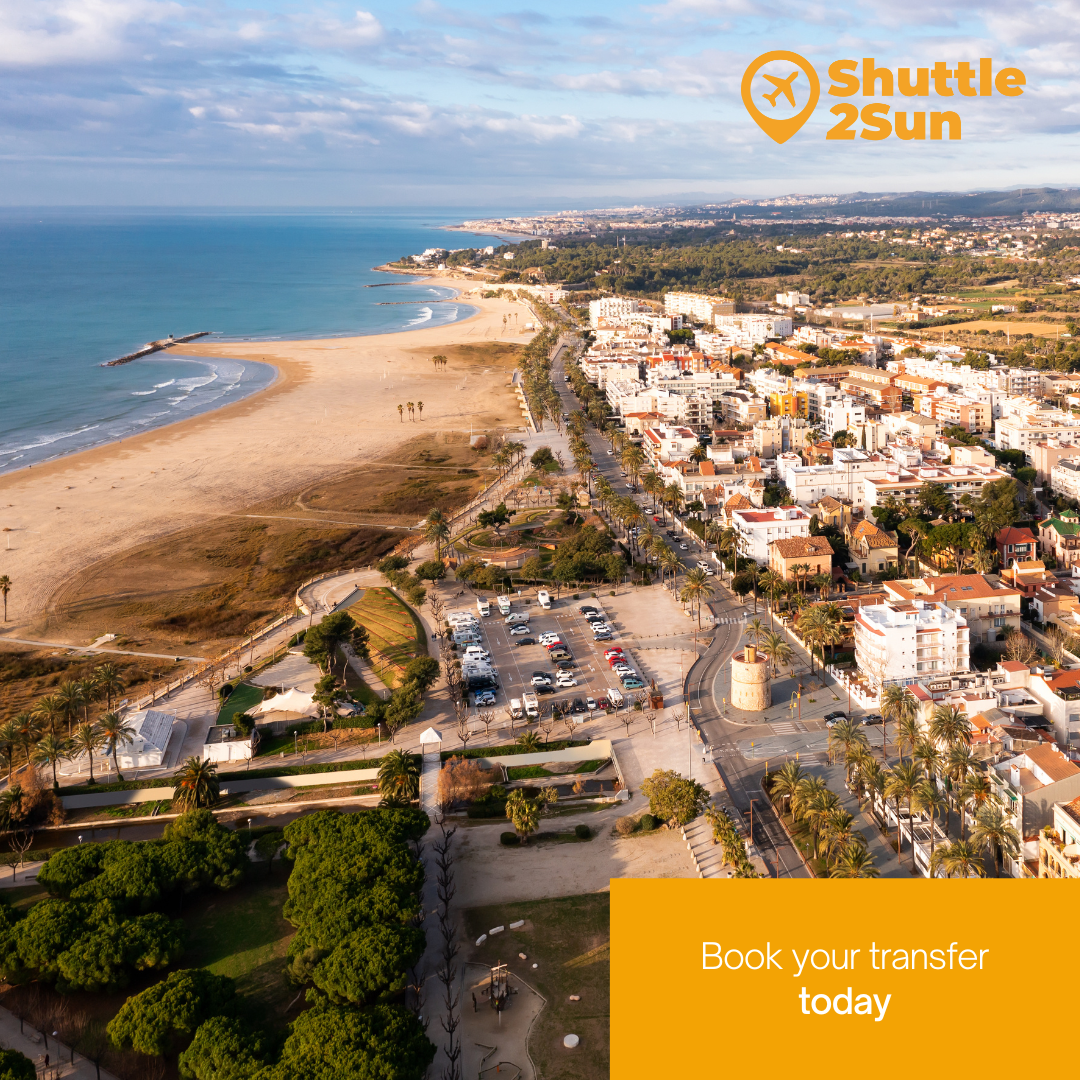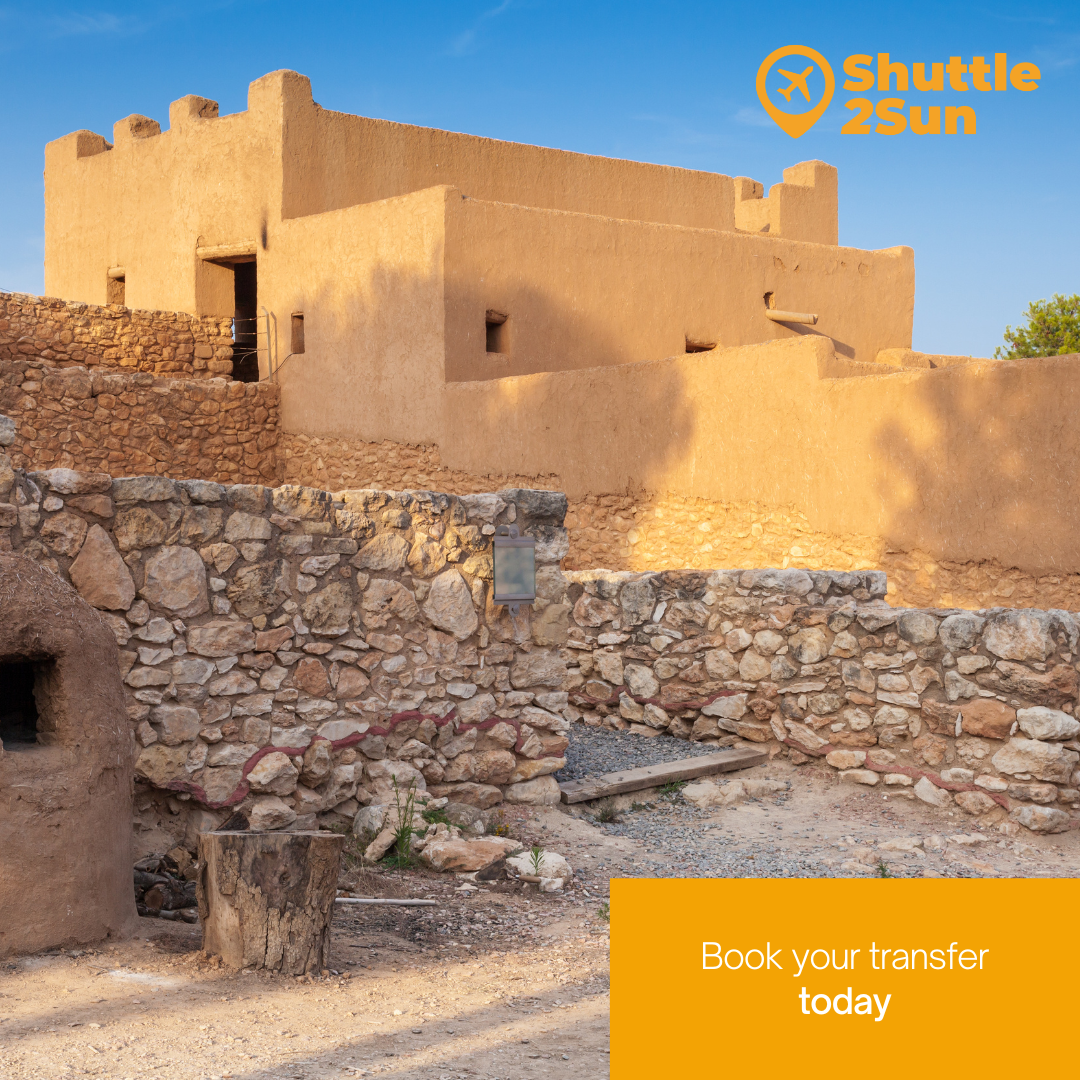The Iberian Peninsula has been an ideal place for settlements, due to the excellent climate and the link between the Mediterranean Sea and the Atlantic Ocean, since time immemorial. Throughout the years, populations of all types and origins have passed through it, from Phoenicians, Celts, Greeks, Romans and Visigoths, among others. All of them have left their mark on the history and culture of the territory.
In this article, we are going to talk about the Iberian settlement, a civilisation that was present on the coasts of Catalonia several centuries before the arrival of the Roman Empire. Along the Catalan coastline and inland, towns such as Calafell, Lloret de Mar and Salou still preserve some remains of these settlements.
If you want to discover what is now known as the Iberian Route, we recommend that you travel to Costa Brava, Costa Dorada or Barcelona and enjoy, to the fullest, this still unknown historical environment. With the shared transfer services and private transfer services, low-cost and sustainable, that Shuttle2Sun offers, you can reach your destination from Barcelona airport, Barcelona port, Reus airport, Girona airport and Camp de Tarragona AVE train station.
Iberian culture
Before Romanisation, more than 2,300 years ago, Iberian villages existed, distributed throughout different parts of the Catalonia we know today, especially in places that were difficult to access, to guarantee their safety as much as possible and to have a good panoramic view of the surrounding land.
Depending on the area where they settled, they were given different names, among which we can find, for example, ‘Cesetans’, which we find in the centre of the Catalan coast; ‘Ausetans’, whose capital was Ausa, in the area around Plana de Vic; and ‘Ceretans’, located in the area closest to the Pyrenees.
There were also ‘Ilercavons’, in the area around the Ebro Delta, in the extreme south of Catalonia; ‘Ilergits’, in what is now the province of Lleida; and ‘Indigets’, on Costa Brava; as well as ‘Lacetans’, in central Catalonia, and ‘Laietans’, in the area around Barcelona.
The sites that are still preserved today will give you an insight into how the cities were laid out, what their houses were like and how they lived at that time.
You’ll also discover the materials they used, how they made painted pottery and stone sculptures, among many other things.

Discover the archaeological remains on Costa Brava
To the northeast of the Catalan coast, there are several important archaeological sites that remind us of the past of this civilisation. One of the most outstanding towns is Lloret de Mar, in the county of La Selva, one of the first municipalities, in the south, after Blanes, that make up Costa Brava.
In this town, you will find two points: Puig de Castellet and Turó Rodó. The first of these, Puig de Castellet, located on a hill, is a strategic place due to its perfect view from the mouth of the river Tordera to the beach of Lloret de Mar. It was inhabited during the 3rd century BC. Also on a smaller hill is the settlement of Turó Rodó, of which up to 7 dwellings remain, one of which has recently been rebuilt using materials from the period. Although it does not form part of the Iberian Route, the Iberian settlement of Montbarbat, with a surface area of up to 5,700 m², is also worth mentioning in the same town of Lloret de Mar.
Remember that with the shared transfer services and private transfer services, low-cost and sustainable, offered by Shuttle2Sun, you can get to Lloret de Mar from Barcelona airport, Barcelona port and Girona airport.

The Indigets tribe built other settlements on Costa Brava, such as Castell de Palamós, which was inhabited for almost three centuries and stands out for its surprising distribution of the settlement on the slope; the settlement of Sant Sebastià de la Guarda, located some 170 metres above sea level in Palafrugell; and Puig de Sant Andreu d’Ullastret, the largest settlement in Catalonia.
Barcelona and its Iberian past
Barcelona‘s surroundings were inhabited by various tribes that lived on the coast and inland, from ‘Laietans’, ‘Caesetans’, ‘Ausetans’ and ‘Lacetans’. Inside Montjuïc Park you can dive into the Iberian past of the city and the Catalan territory through the Archaeology Museum of Catalonia. Its facilities include a space dedicated to this indigenous civilisation.
Very close to Barcelona is the museum and Iberian settlement of Ca n’Oliver, in Cerdanyola del Vallès, on Collserola mountain range. You can’t miss visiting its vast extension and its magnificent exhibition with more than 500 objects recovered from the period.
Other notable settlements in the province of Barcelona include the Puig Castellar settlement, in the town of Santa Coloma de Gramanet, with a surface area of some 4,000 m², inhabited from the 6th to the 2nd century BC.
The site of La Font de la Canya, in Avinyonet del Penedès, where there is evidence of vineyard plantations; the extensive walled settlement located on Olèrdola mountain; and the Darró complex, very close to the seafront of Vilanova i la Geltrú, a town on Garraf coast; among others.
Costa Daurada and its surroundings
Costa Dorada, like the rest of the Catalan coast, was home to the presence of this indigenous civilisation, in the towns closest to the sea, such as Calafell, where you can find the Iberian Citadel, a large fortified enclosure that has been reconstructed to offer a faithful vision of what it was like in ancient times, more than 2,500 years ago. This site can be visited several days a week.
Further south, you will come to the municipality of Tivissa, where Castellet de Banyoles is hidden, one of the most important settlements in Catalonia and where the Tivissa Treasure was discovered, an exclusive collection of gold and silverware with up to 17 pieces, from vessels to jewellery, all made of silver and gilded silver. Archaeological remains have also been found in Nulles and Vinebre, two other towns in the province of Tarragona.
We must not forget another important site that can be found in the tourism capital of Costa Dorada, Salou. This is the site of La Cella, located in Racó de Salou, which is thought to be the ancient city of Kallipolis, where Iberians, Carthaginians and Greeks lived.
If you want to discover the Iberian past of Catalonia, you can’t miss all these settlements. With Shuttle2Sun‘s low-cost and sustainable shared transfer services and private transfer services, you can reach Costa Brava, Costa Dorada and Barcelona from Barcelona airport, Barcelona port, Reus airport, Girona airport and Camp de Tarragona AVE train station.



